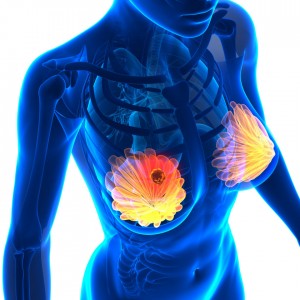Breast cancer
Short Description:
Malignant tumor of breast gland tissue. In the world, it is the most common form of cancer among women, affecting 1/13 to 1/9 of women aged between 13 and 90. It is also the second most common cancer after lung cancer (including men; because breast cancer is composed of the same tissue in men and women, breast cancer (RMG) sometimes occurs in men, but the number of male cases is less than 1% of the total number of patients with this disease).
WHO experts estimate that 800000 people worldwide die of AIDS every year. One million new cases of breast cancer. The number of cancer deaths among women ranks second. The highest incidence rate was found in the United States and Western Europe; In 2005, 49548 new cases (19.8% of the total female tumors) were found in Russia, with 22830 deaths.
Breast cancer is a multifactorial disease, its development is related to the changes of cell genome under the influence of external factors and hormones.
Symptom
Early breast cancer (Stage 1 and Stage 2) is asymptomatic and does not cause pain. Menstruation may be very painful, and breast pain is related to breast cancer. Usually, breast cancer is detected before the tumor has obvious direct symptoms - either during mammography or when a woman feels a lump in her breast. Any tumor must be named to detect cancer cells. The most accurate diagnosis is based on the flutter biopsy results of ultrasonic examination. Many diagnostic cases are only in stage 3 and stage 4. When the tumor is visible to the naked eye, it has the form of ulcer or large mass. During menstruation, there may be persistent lumps in the armpit or above the clavicle: these symptoms indicate that lymph nodes are damaged, that is, lymph nodes are transferred to lymph nodes, which is obviously manifested in the later stage. Pain syndrome is associated with tumor germination in the chest wall.
Other symptoms of advanced stage (III-IV):
Clear or bloody secretion of chest
Nipple contraction
Because the tumor germinates on the skin, the color or structure of breast skin changes.
Other symptoms of advanced stage (III-IV)


